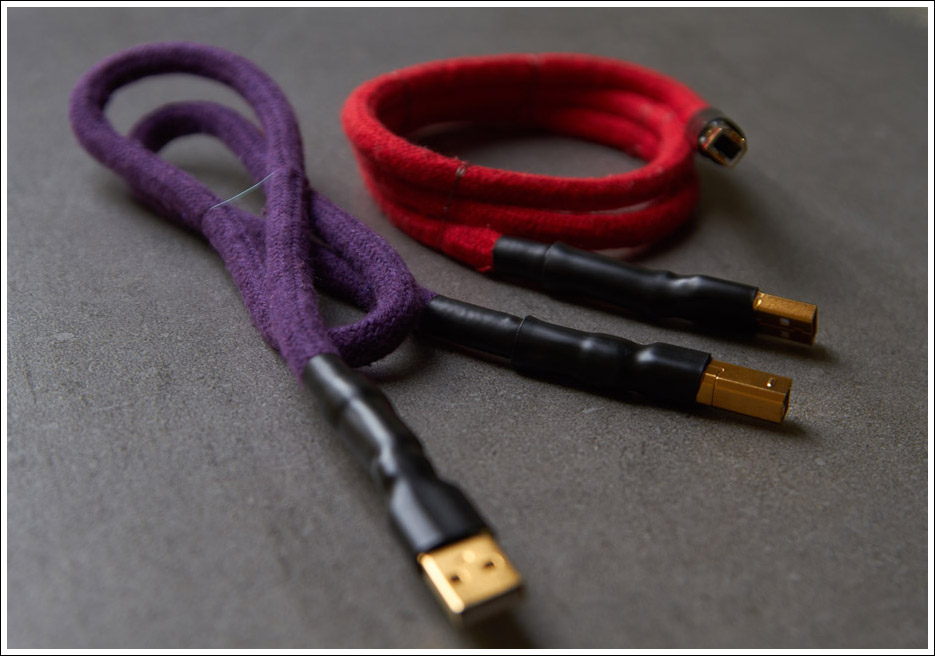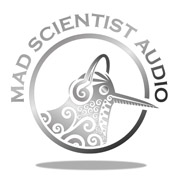

Mad Scientist Carbon Fiber and Graphene Interconnects
Our new Flexible Carbon/Graphene Interconnects have a powerful yet natural sound from top to bottom, and sit at the top of our range. We also have the entry-level Heretical Cables. All interconnects use Carbon Fiber and Graphene in their construction (except the USB cable). And as with all our products, they are hand-made in New Zealand.
Analog Cables
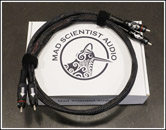 |
Flexible
Carbon/Graphene Analog -
Our new top-end analog interconnect. Uses
Australian carbon fiber and American graphene,
and hand-made in New Zealand.
These cables outperform our best-selling
Heretical Analog cables, with more bite,
accuracy, dynamics and sheer musicality.
Available in normal and plus versions, also
unbalanced or balanced. Click for more info |
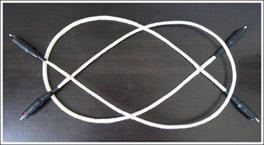 |
Heretical Analog Cable
-
Entry level interconnects giving high-end
performance. The original Heretical cable, now
improved with techniques we've learned from new
developments. Click for more info |
Digital Cables
 |
Click for more info |
 |
Black
Magic USB Cable : Our
best selling, award winning cable. Try free for 30
days. Click for more info |
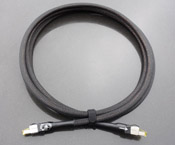 |
Click for more info |
 |
Flexible
Carbon/Graphene Digital
cables improve on the Heretical Digital range,
using new and improved design, materials and
construction techniques giving a
reference-quality digital link. Click for more info |
 |
Heretical Digital Cable
-
Our entry-level digital cable, the perfect way
to get rid of "digititus" - that harsh sound so
often produced by digital systems. Click for more info |
Why We Use Carbon Fiber
All of our interconnects (except the USB cable) use Carbon Fiber in one form or another. The development started out with a trial of high-end wires, mostly single-crystal OCC types. Two dozen different conductors were trialed both as signal conductor and earth conductor.
There was one carbon conductor included in this series of trials, and it showed it's potential. It had better bass than all the wires and the midrange was amazingly un-mechanical. However with this initial carbon conductor, the highs were a little rolled-off. This reminded me of a carbon fiber interconnect I had over 30 years ago - Van Den Hul "The First". I thought that if I could get over the problem of the highs I'd be onto a winner.
And after some trial and error with materials, treatments and configurations, I came up with a design that had sweet extended highs but kept the powerful but tuneful bass.
Although it is possible to use carbon fibers for the signal conductor without any problem, it is not suitable for use as the earth conductor due to it's high resistance - around 30-40 ohms per meter. Thus it is necessary to use metal for the earth conductor.
The Heretical Digital Cable was developed after discovering that a prototype made a pretty good digital interconnect, when it really shouldn't. We needed to figure out what was going on, which I think we did. Further refinement ended up simplifying the digital cable design, so it is very affordable at only $129 for 1 meter cable.
The Heretical Analog Cable came about after trying the Heretical Digital Cable as an analog interconnect, out of curiosity. Turns out it makes a fine analog interconnect as well. Christiaan Punter of Hifi-advice.com called them "wonderfully transparent and open yet without edge" (he's not heard our higher-end interconnects yet..)
It took quite some time to find a way to improve on the HDC and HAC. Most things that were tried made the sound quality worse. But persistence paid off and we found a combination of a passive screen and different materials and construction produced a more realistic sound. Slightly different approaches were needed for the analog and digital cables. The result of this development are the Heretical Analog Cable PLUS and the Heretical Digital Cable PLUS
In our quest to continually improve, we tried various other types of carbon fiber, and had promising results with some Australian flexible carbon fiber. We also found ways of treating the fibers with graphene to improve the sonics. Six months of development later we released the new Flexible Carbon/Graphene range of cables.
RCA Plugs : We use Keith Louis Eichmann Innovations (KLEI) plugs, mostly Copper Harmony and Absolute Harmony. We've found these to be the best sounding RCA plugs, beating some much higher priced plugs.
Balanced Versions : The Flexible Carbon Graphene (Analog) and Heretical Analog Cables are also available as balanced cables, using Neutrik XLR plugs (or any other make you care to specify).
